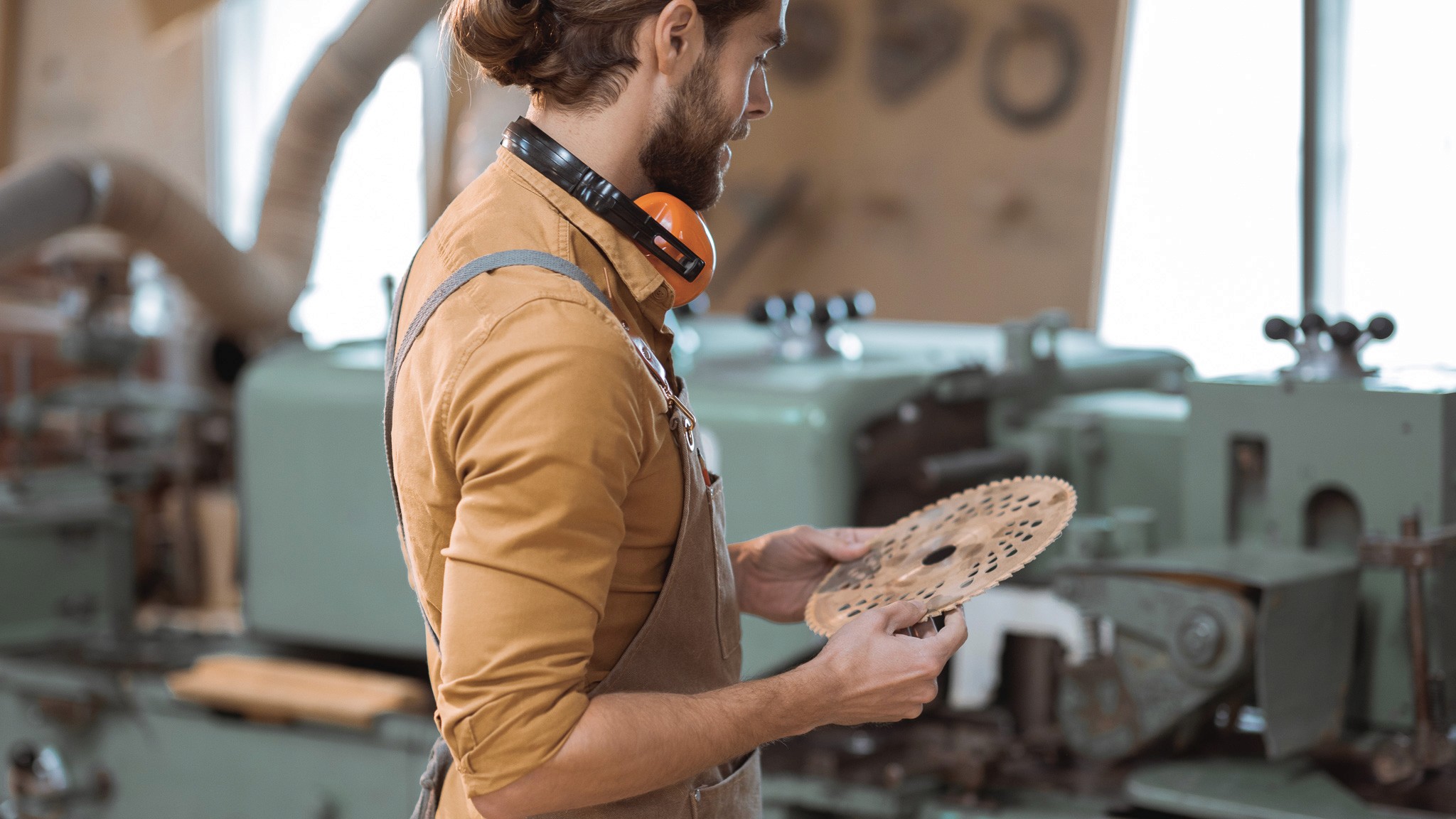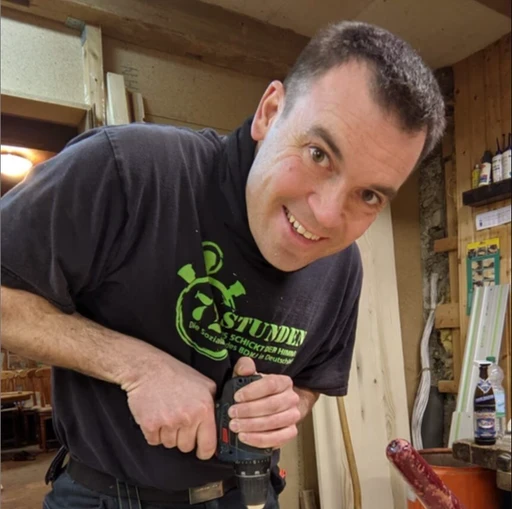How tools are optimized with digital twin
Where is that particular cutter or saw blade? And what if my smartphone revealed the current power and performance of my tool?
The tapio team has built a digital solution for exactly these topics related to digital tool management, which has been named "twinio" to match the digital twin of the tool.
The Technische Fachschule Bern manages all its saw blades, including information on cutting width, speed or current cutting volume, in the twinio web app. We took a look at what this looks like in practice and which tool manufacturers are already contributing their data to twinio.
Nine years ago, Andreas Dürner, who heads the machine room of the interior design department at TF Bern, already recorded all tools digitally - in an Excel list.
The fact that this solution was not very dynamic became particularly apparent when new measurement data of a tool had to be entered or a tool was noted for sharpening.
"It was simply clear to us that we needed far more transparency and efficiency in tool management and that the Excel system was far too static," says Dürner.
Rethinking the workshop with digital tools
The twinio web app, which works in the browser on the PC or smartphone, digitizes the tools - and does so with a simple scan of the codes on the tools or the packaging. The manufacturers AGEFA, Aigner, AKE, Kanefusa and LEUCO supply the original tool data in digital form to tapio.
Depending on the tool type, this includes the cutting width, the diameter, and also the maximum speed of the tool. So how does this data get into the app?
Some manufacturers laser a code, such as a QR, bar or data matrix code on the individual tool, which provides a serialized, unique ID of the respective tool. In this way, every tool included in twinio is given a digital twin with this same data, which remains assigned throughout the entire tool life cycle. But what's the point?
"We all carry the smartphone's QR code scanner in our trouser pockets. This gives us direct access to all the important information about the tools with just one click: Which blade is it exactly? Which machine parameters do I need to set? How many meters has the saw blade already run?
This helps in everyday production and - in our particular case - the learners in particular, because the information from the manufacturers can be viewed directly with a scan or the other way around with a quick search" explains Andreas Dürner.
Certain process parameters, such as the cutting length, the cutting volume and the number of cuts can be communicated to newer panel sizing saws and soon also CNC machines.
In this way, the machines can immediately read the tool parameters via tapio and update the digital twin of the tool after machining, for example by writing the cutting lengths back into twinio.
In addition to the automated updating of the tool status, parameters can also be entered manually, e.g. for machines without a connection. Manual input of tool data from manufacturers that are not yet integrated in twinio is also possible with just a few clicks.
Cover the life cycle of the tool up to sharpening
At some point, the quality of even the best tool deteriorates and it has to be ground. twinio also provides this information with the integrated limit value observation and analysis. A graphic provides information and shows in color when the tool should be ground and what it has done in comparison to previous grinding and application cycles. The respective parameters for this can be defined by the user.
If a tool then goes to the sharpening service, it changes in twinio from the green color, which indicates availability, to red. In this way, Andreas Dürner's team avoids tedious searching and ensures transparency within the workshop.
AGEFA, AIGNER, AKE, LEUCO and KANEFUSA integrated
For twinio, some manufacturers already supply their tools with a lasered code that indicates the serialized unique ID of the tool. LEUCO is taking a pioneering role here, as Paul Götz, Product Manager at LEUCO, explains: "The advantages for users are obvious:
No data on LEUCO tools has to be entered manually; instead, it is possible to work directly with the master or measurement data. Today, a majority of our tools are already engraved with a data matrix code, which thus forms the basis for unique identification in twinio. Inventory tools without unique identification can be subsequently provided with a data matrix code in the LEUCO service."
Digital workshop in action
Dürner started by connecting the machines to tapio, and now he's moving on to the tools, because the workshop at TF Bern uses more than 100 saw blades that are already registered in twinio. Now the milling tools follow. "We are not yet as far as we would like to be at every point in terms of digitization, but we have a plan. A big one!"


Due to the self-generated QR codes (or barcodes or data matrix codes), you can identify your tool easily and quickly.

















